
Learning about science can offer young children great opportunities to explore and discover new things.
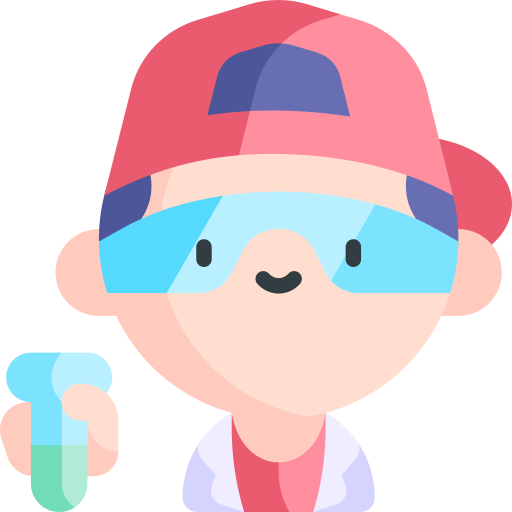
Conducting experiments can provide a fascinating and satisfying way for children to see the world through a different lens while learning about science, technology, engineering, and math (STEM).
Try out some of these science projects with your 2nd graders and spark their interest in various scientific concepts and processes!
1. Magnetic Magic
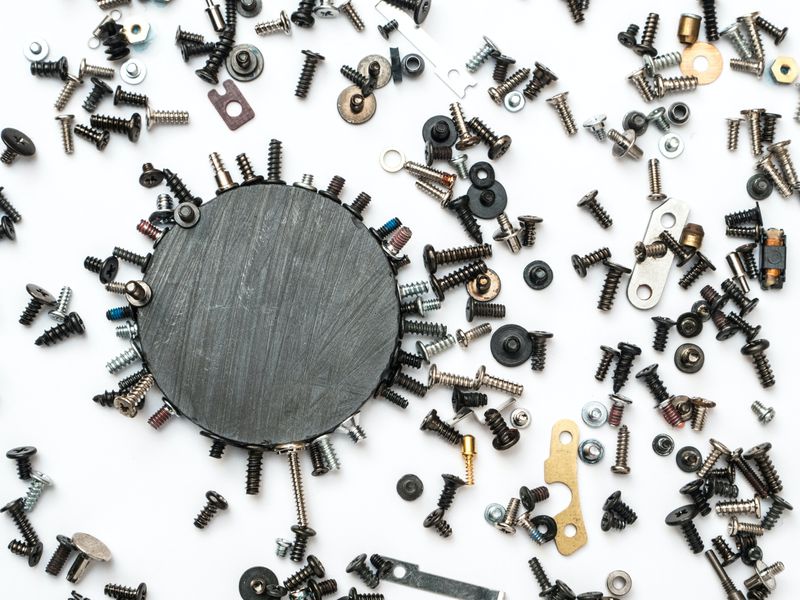 Photo by Dan Cristian Pădureț on Unsplash
Photo by Dan Cristian Pădureț on UnsplashAllow children to explore the awesome properties of magnets by using various objects to test their attraction!
 Materials
Materials
Various objects that are magnetic and non-magnetic (coins, small toys, paperclips, aluminum foil, etc.)
Different kinds of magnets of different strengths (horseshoe magnet, bar magnetic stick, etc.)
Paper and pencil
 Directions
Directions
Gather materials on a flat, spacious workplace. Separate test objects into one pile and magnets in another pile.
Have children pick an object and hold it close to one of the magnets. Observe to see if it attracts.
Record observations on whether or not that particular item sticks to the magnet.
Repeat the process with various combinations of objects and magnets.
Compare results and look for possible patterns. Which objects were attracted to the magnets? Which were not?
2. Sink or Float?
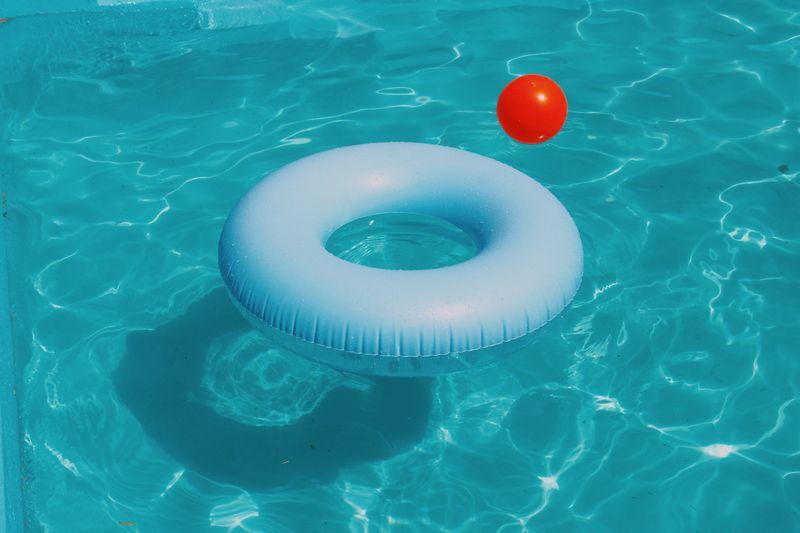 Photo by Joe Calata on Unsplash
Photo by Joe Calata on UnsplashThis is an engaging way to teach 2nd graders about the concepts of density and buoyancy.

Materials
Various objects of different weights (rock, rubber duck, eraser, feather, coins, etc.)
A clear, medium-sized container or bowl filled with water
A towel larger than your container or bowl
Paper and pencil
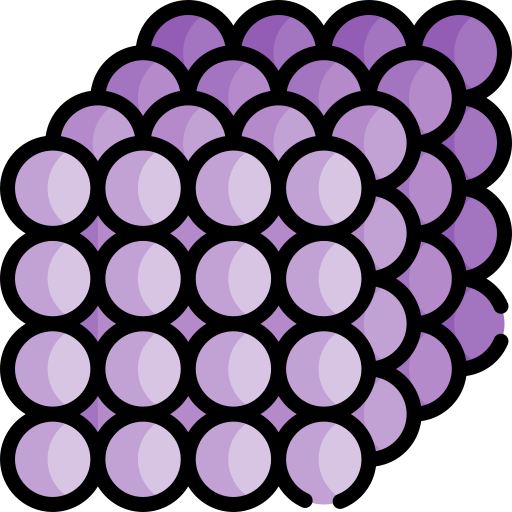
Directions
Set up workspace free of electronics, wires, and power outlets. Place the towel down and your container/bowl of water on top of it.
Have children choose an object to place in the water. Have them predict whether it will sink or float and record their prediction on paper.
Place the object in the water and observe. Does it sink to the bottom or float to the surface? Have them record that observation beside their prediction.
Repeat this process with each object.
Compare results.
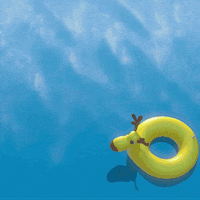
As they're experimenting with the objects, encourage the children to think about why some objects float and others sink by observing patterns as well as comparing and constrasting the objects.
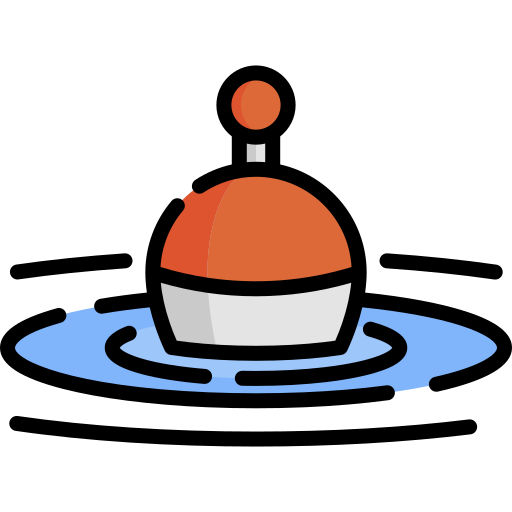 What are some unifying characterestics that exist in the objects that float?
What are some unifying characterestics that exist in the objects that float?
 What are some unifying characteristics that exist in the objects that sink?
What are some unifying characteristics that exist in the objects that sink?
Quiz
As they participate in this experiment, how can you best engage children in understanding the concept of density and buoyancy? Select all that apply:
3. Weather, Erosion, and Deposition
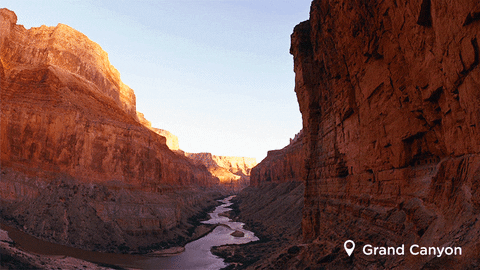
Here's a great experiment by The Good and the Beautiful that will pique your 2nd grader's interest in the processes of weathering, erosion, and deposition. Through this experiment, they will get to see firsthand how natural processes can shape the earth's land.
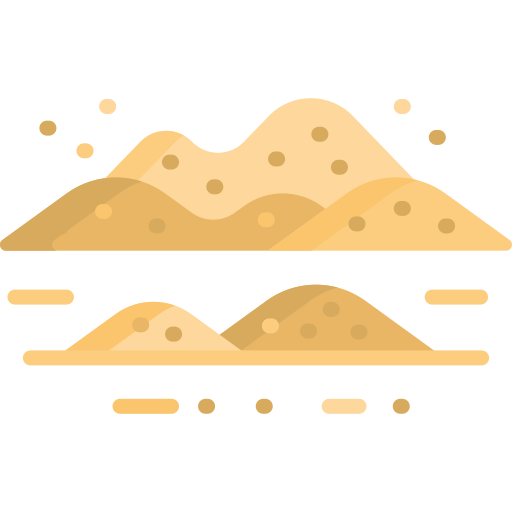 Materials
Materials
A sheet pan
Damp sand
A straw
4-6 Ice cubes
Watering can
Pitcher of water
Directions
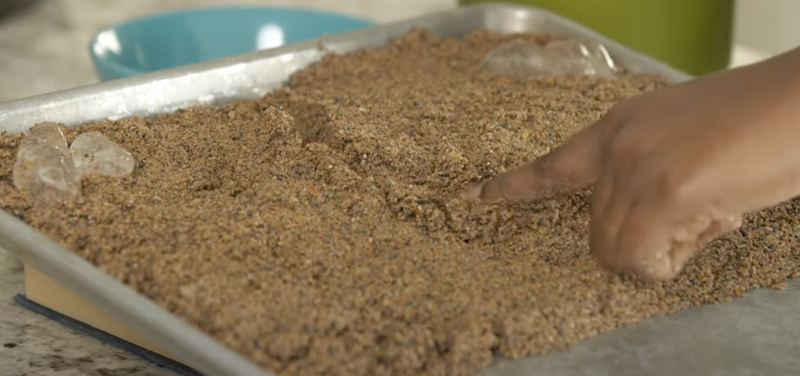
Find a spacious workplace and prop up one side of the sheet pan with a book to create a downward slant.
Use damp sand to build land on the raised side of the sheet pan. Any shape will do.
Place 2-3 ice cubes on the top corners of the sand.
Use two fingers to press down on sand to create a riverbed from top to bottom.
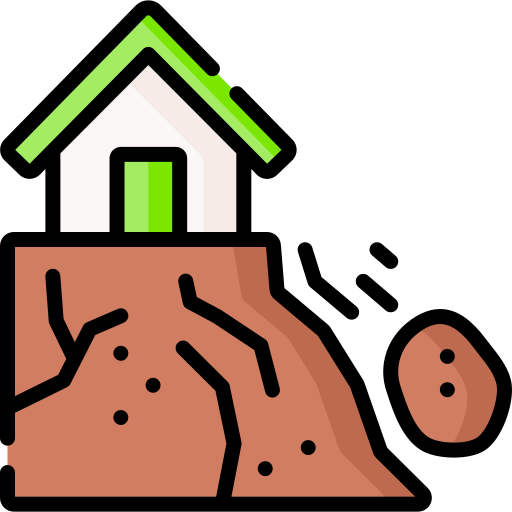
To recreate the processes of weathering, erosion, and deposition, watch the full video below for further step-by-step instructions:
As they're engaging in the experiment, here are two interactive questions you may want to pose:
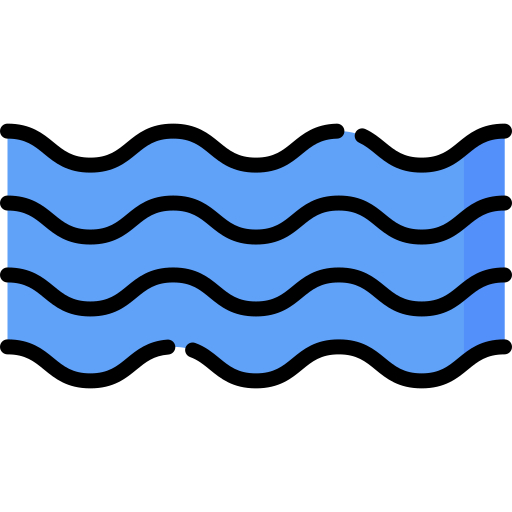
How would you describe the changes you observed in the sand as you poured water down the riverbed?
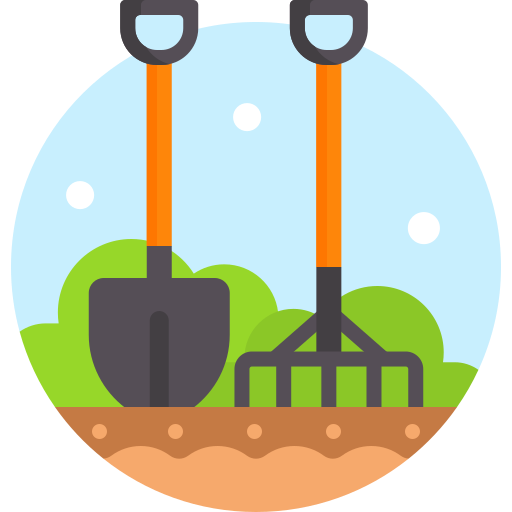
Can you think of any ways that humans make an impact on erosion?
Take Action
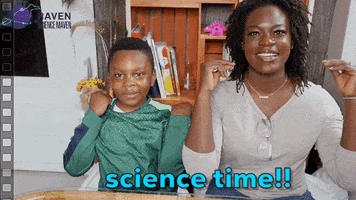
Science experiments provide a great hands-on learning experience that can foster a curiosity and love for science.
When introducing science to 2nd graders:
Your feedback matters to us.
This Byte helped me better understand the topic.
